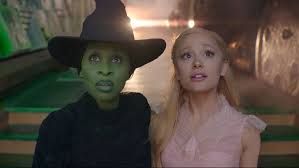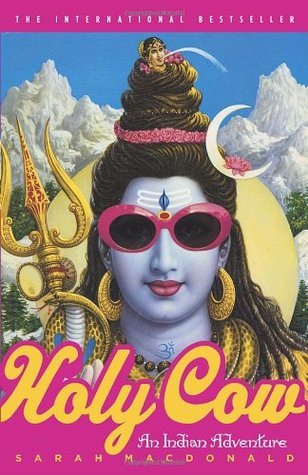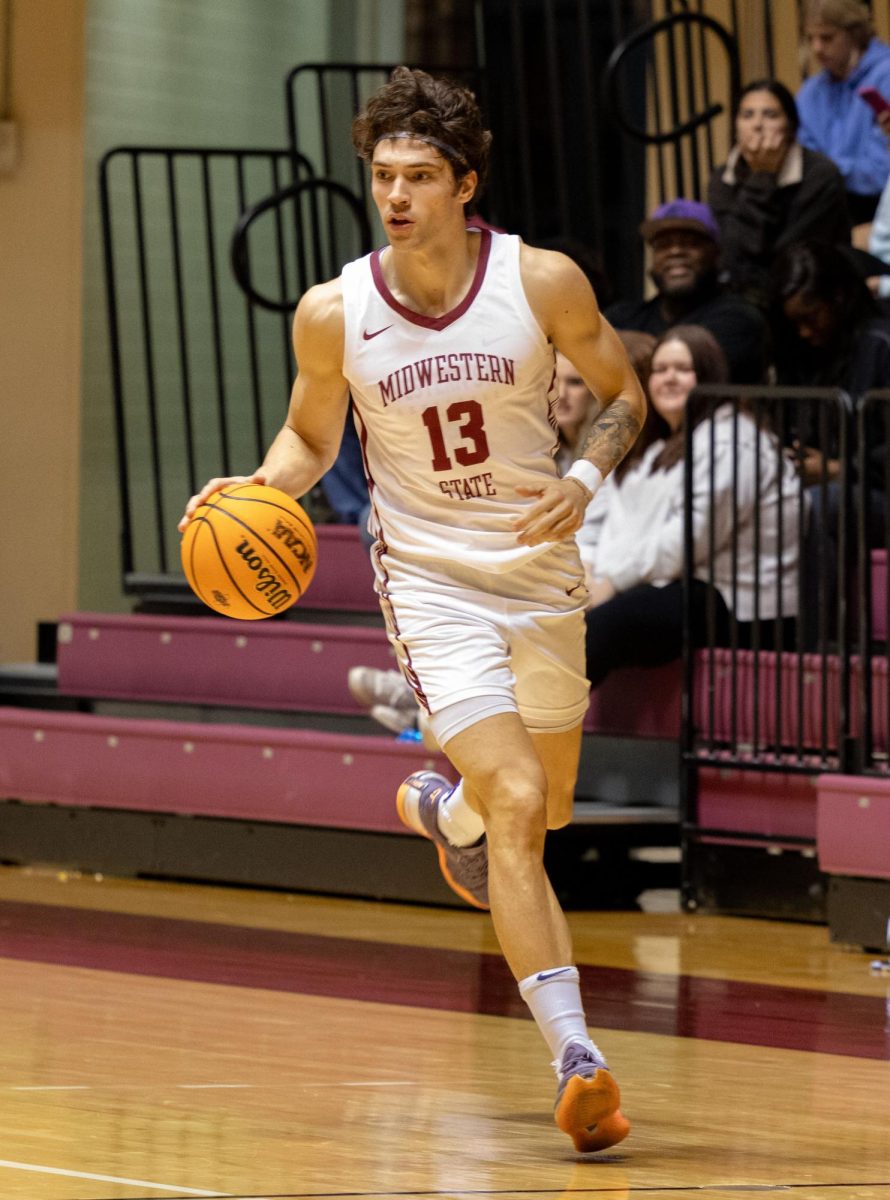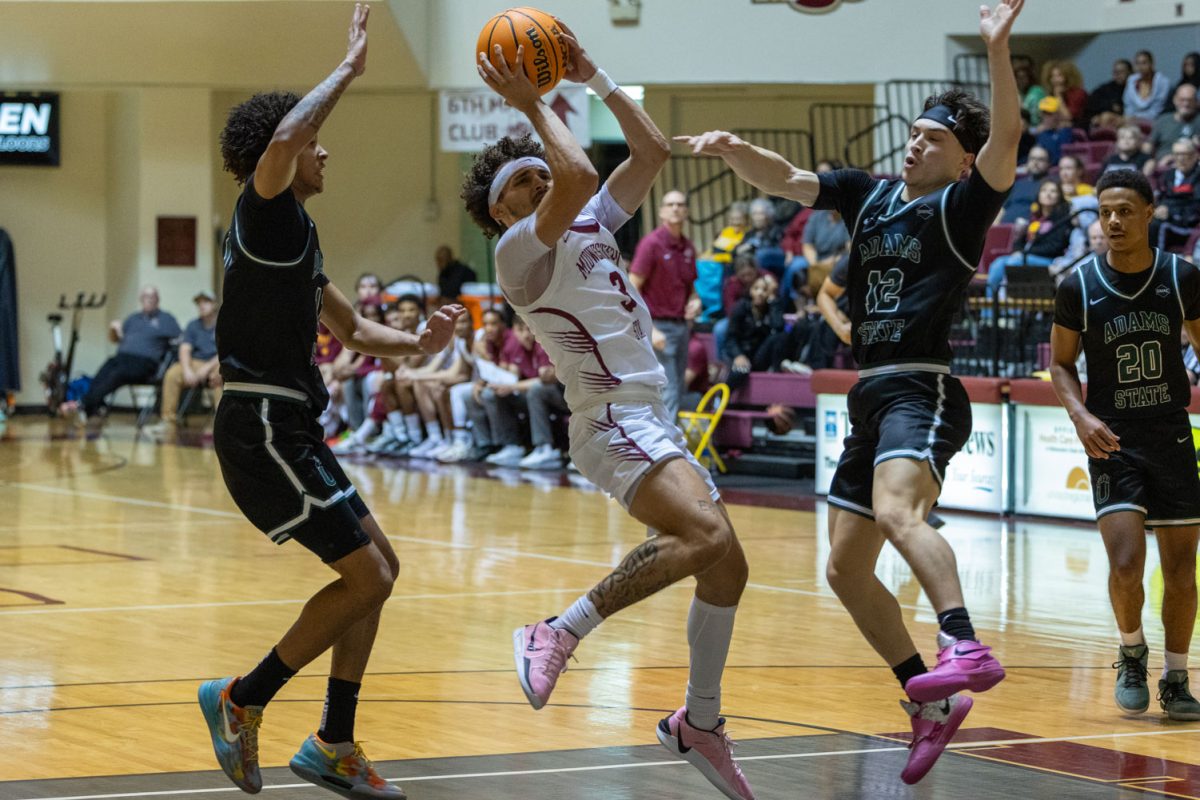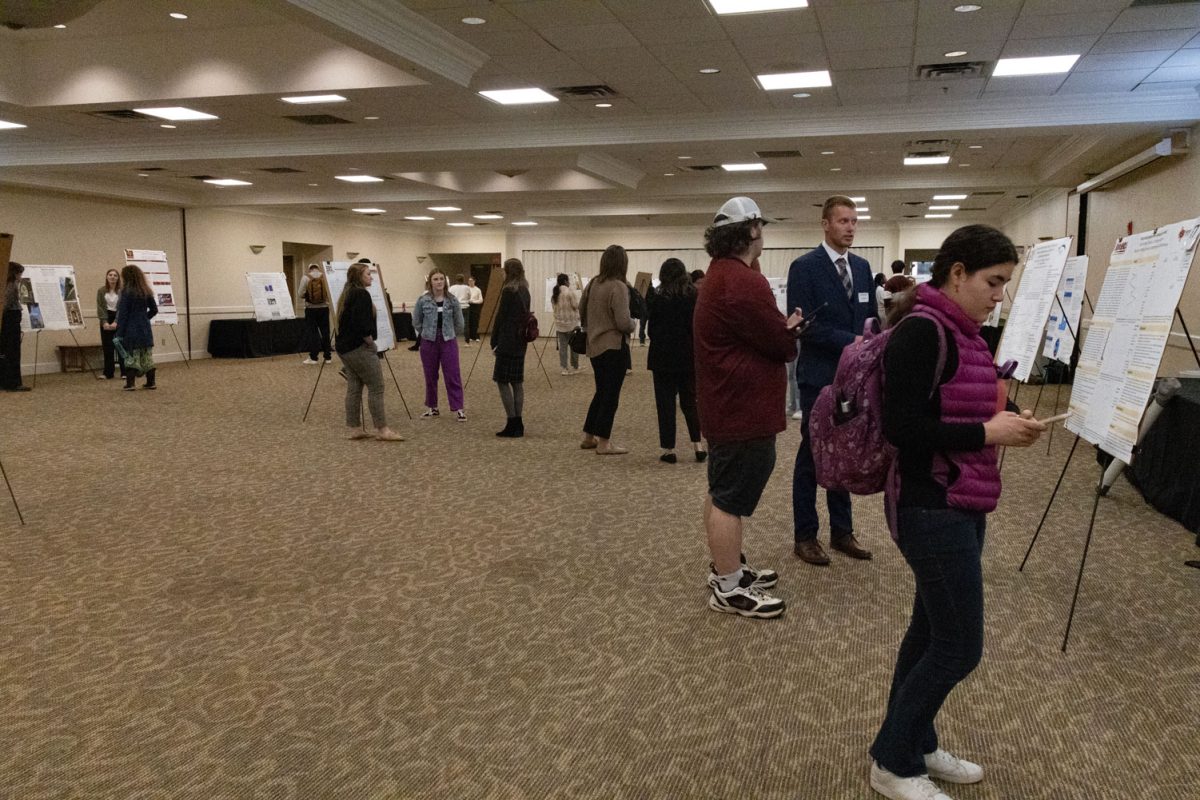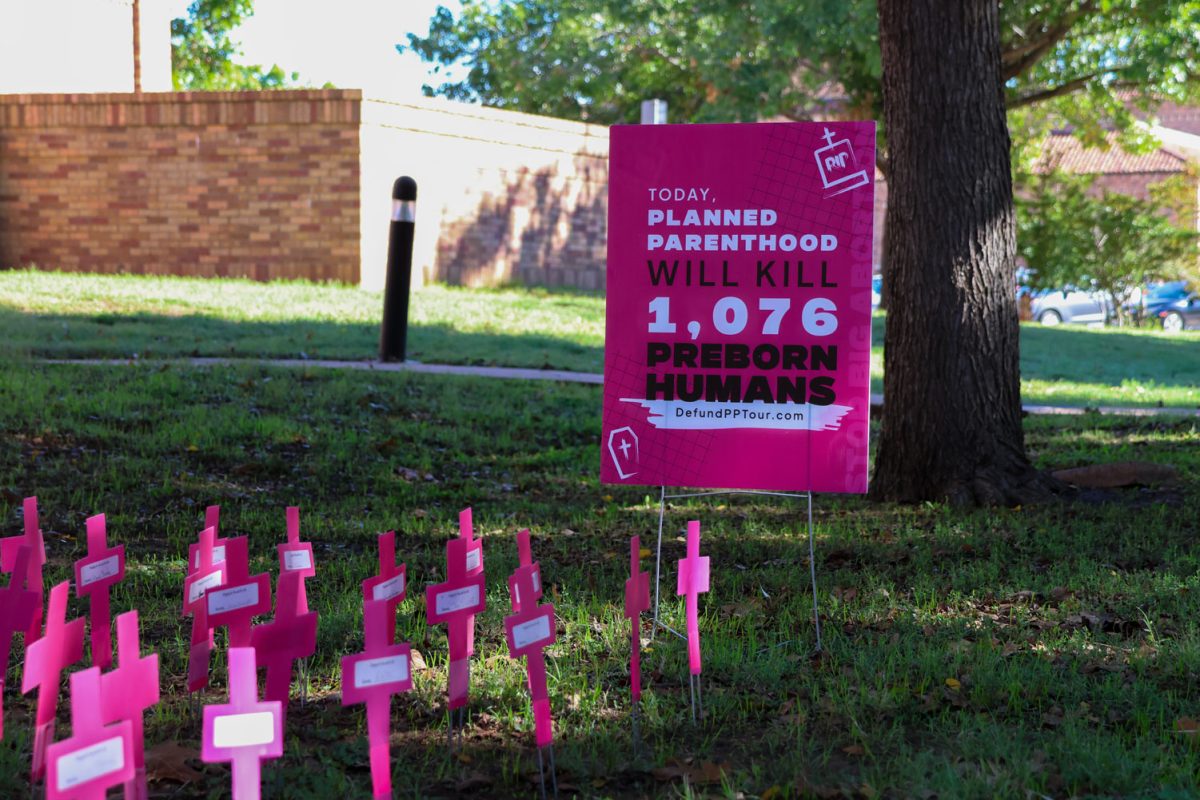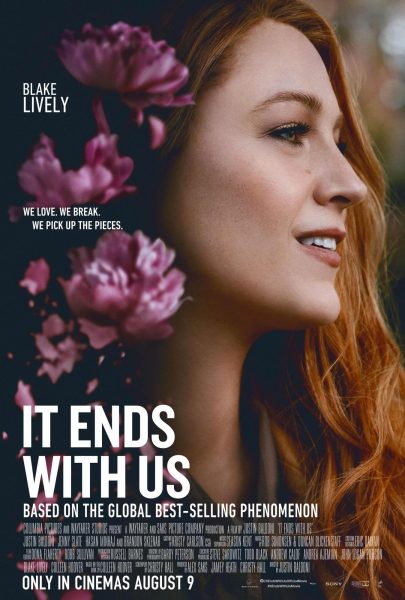
The highly anticipated adaptation of Colleen Hoover’s novel “It Ends with Us” is not a typical love story the audience might expect. Instead of idealizing relationships, the film delves into the harsh reality of how love and violence can become entangled.
The protagonist, Lily Bloom (Blake Lively), begins her relationship with Ryle(Justin Baldoni), a surgeon who seems perfect at first glance. However, violent episodes soon emerge, which Lily initially tries to ignore or justify, recalling what her mother experienced. Having witnessed her father’s abuse toward her mother, Lily swore she would never allow something similar to happen to her.
Throughout the film, we see how abuse can manifest gradually and subtly, trapping Lily in a cycle she’s unwilling to admit exists.
One of the most impactful moments in the film is when Lily remembers previous violent incidents, like being pushed down the stairs by Ryle on purpose. At the time, she rationalized these incidents as accidents.

However, as the story reaches its climax, she realizes these were not isolated events but clear signs of abuse. At this point, the movie truly resonates, as Lily connects her current situation with the traumatic memories of her childhood and this finally gives her the strength to break the cycle of domestic violence.
At the end of the film, Lily makes the decision to break free. As Lily and Ryle share their first moments with their daughter, Lily looks at Ryle with a mixture of love and nostalgia, while gently stroking his hair. Although this might lead the audience to believe she will forgive him and that they will continue as a family, the reality is quite different: Lily decides to ask for a divorce, and she does so with a series of powerful questions.
In my opinion, that final scene is the perfect way to verbalize what Lily would have wanted someone to say to her mother. She makes it clear to Ryle that he is a danger to her and their daughter’s safety in the future.
If their daughter, Emerson, grows up in an environment where domestic violence is normalized, she may come to see it as acceptable behavior. Lily understands that her daughter should not witness what she has. To preserve her safety and happiness, despite the sadness of ending her marriage, she understands and makes clear that Ryle’s behaviors were neither acceptable nor accidental.
The film succeeds in avoiding clichés and melodrama. In addition to obvious physical violence, it portrays other forms of abuse: manipulation, shouting, extreme jealousy and violence toward objects and other people.
From the beginning, the film subtly indicates that Ryle is a violent man despite his moments of sweetness. However, the audience might not fully recognize it until Lily explicitly recounts his direct and indirect violence moments. I give this film 5 out of 5 mustangs for its accurate depiction of what many women experience daily, told through a fictional narrative.




